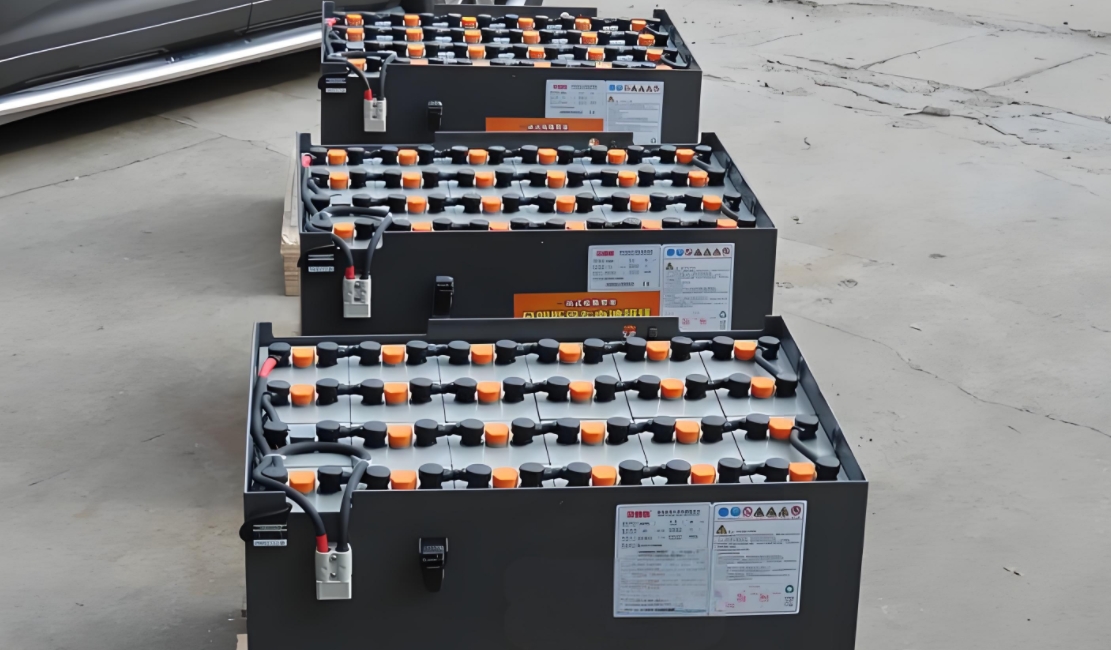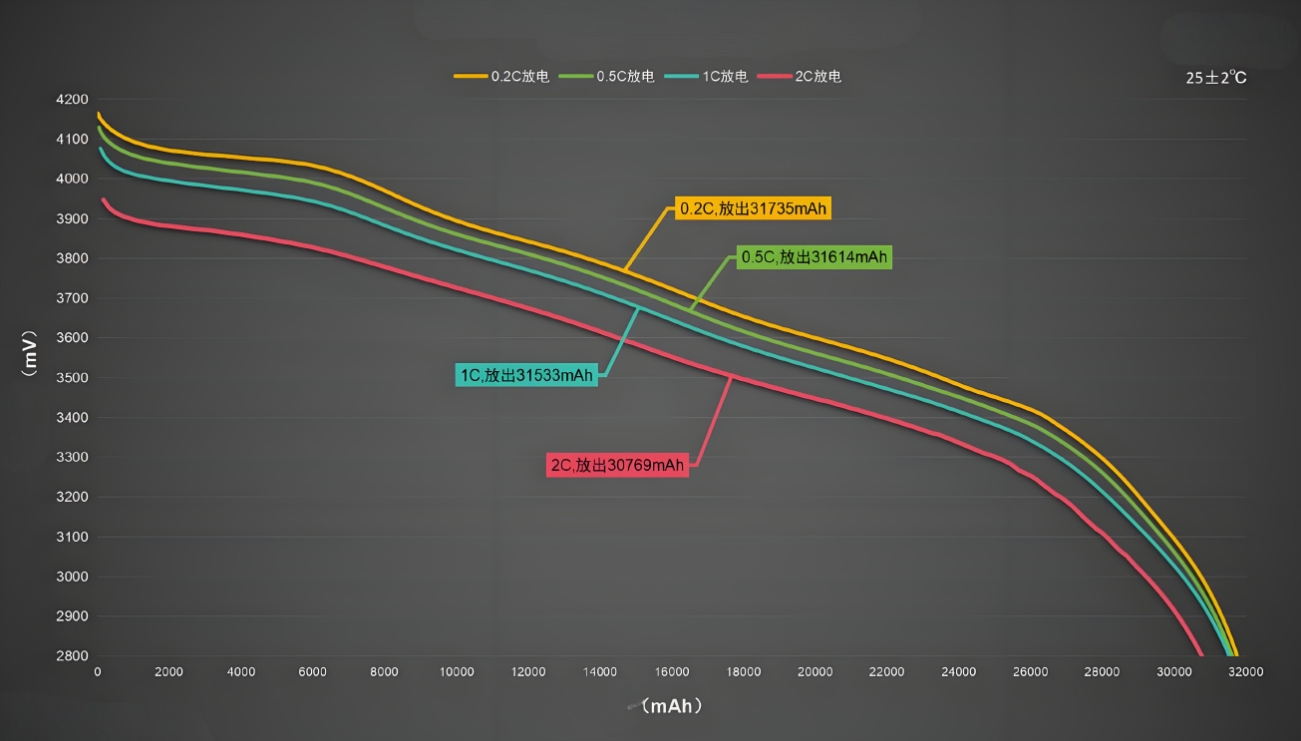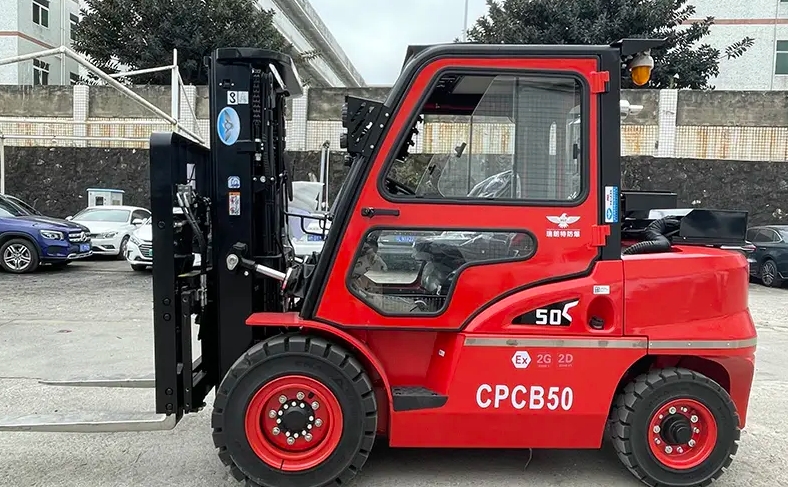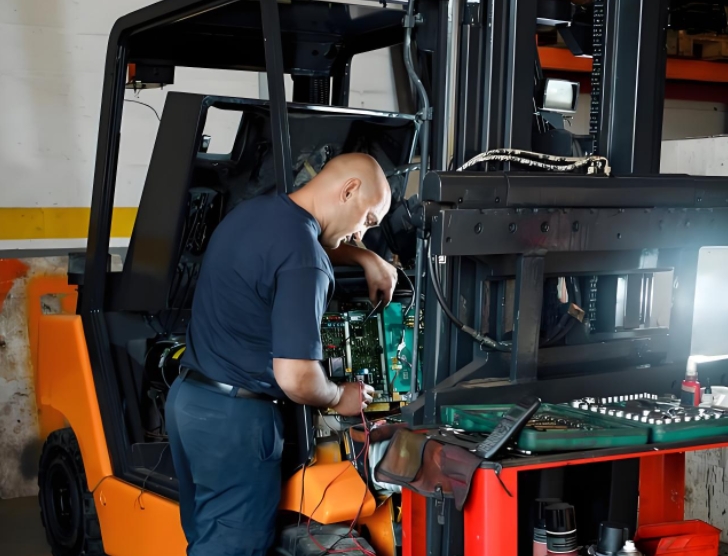Blog
Extend the lifespan of lithium and lead-acid batteries

The Ultimate Guide to Electric Forklift Battery Maintenance: Maximizing Lifespan and Performance
1. Introduction: The Heart of Your Electric Forklift
The battery is not just a power source; it is the lifeblood and most significant long-term investment in your electric forklift. Proper maintenance is the single most important factor in ensuring optimal performance, maximizing lifespan, and protecting your bottom line. A well-maintained battery can last for thousands of cycles, while a neglected one can lead to catastrophic failure, costly replacements, and significant operational downtime.
This comprehensive guide provides expert, technical advice tailored for European and North American operations on maintaining both traditional lead-acid and modern lithium-ion (Li-ion) batteries for Yuweida electric forklifts and other material handling equipment. By following these best practices, you can ensure safety, maximize efficiency, and achieve the highest possible return on your investment.
2. Understanding Battery Types: Lead-Acid vs. Lithium-Ion
2.1 Flooded Lead-Acid (FLA) Batteries
- Technology: The most common and mature technology. They use a liquid electrolyte (acid and water) and require regular maintenance.
- Cost: Lower upfront cost but higher lifetime maintenance cost.
- Maintenance: Requires weekly watering, regular equalization charges, and specific charging procedures.
- Lifespan: Typically 1,500 charge cycles or 3-5 years with perfect maintenance.
- Infrastructure: Requires a dedicated, well-ventilated battery charging room due to off-gassing of hydrogen.
2.2 Lithium-Ion (Li-ion) Batteries
- Technology: Advanced battery technology using a solid or gel electrolyte. Often utilizing Lithium Iron Phosphate (LFP) chemistry for enhanced safety.
- Cost: Higher initial investment but significantly lower maintenance and operational cost.
- Maintenance: Virtually maintenance-free. No watering, no equalization charges needed.
- Lifespan: Typically 3,000+ charge cycles or 7-10 years, often outlasting the truck itself.
- Infrastructure: Can be opportunity charged anywhere; no ventilation required as there is no off-gassing.
3. The Complete Lead-Acid Battery Maintenance Protocol
3.1 Charging Best Practices
- Full Cycles: discharge the battery to no lower than 20% State of Charge (SOC) before charging. Avoid deep discharges below 5%.
- Cool Down: Allow the battery to cool for at least 30 minutes after use before charging. Charging a hot battery causes severe damage.
- Full Charge: Always charge the battery to 100% completion. Never interrupt a charge cycle early.
- Correct Charger: Use only a charger specifically matched to the battery’s voltage and amp-hour (Ah) rating. Using an incorrect charger is a primary cause of failure.
3.2 Watering Procedure: The Most Critical Task
- Frequency: Water after a full charge, never before. Check levels weekly.
- Water Type: Use only distilled or deionized water. Never use tap water, as minerals will contaminate the electrolyte.
- Level: Add water until the electrolyte level is just above the plates (typically ¼ inch below the fill well). Do not overfill.
- Safety: Always wear appropriate Personal Protective Equipment (PPE): acid-resistant gloves, goggles, and an apron.
3.3 Equalization Charging
- What it is: A controlled overcharge that mixes the electrolyte to prevent stratification (acid settling at the bottom) and sulfation on the plates.
- Frequency: Perform every 5-10 regular charge cycles, or as recommended by the battery manufacturer.
- Process: Use the charger’s “equalize” mode. The battery will gase heavily and require watering immediately after completion.
3.4 Cleaning and Terminals
- Cleaning: Keep the battery top clean and dry. Neutralize any acid spillage with a baking soda and water solution.
- Terminals: Inspect for corrosion. Clean with a wire brush and apply a proprietary anti-corrosion spray to protect connections and ensure efficient power transfer.
4. Lithium-Ion Battery Best Practices
4.1 Charging Flexibility
- Opportunity Charging: The biggest advantage. Li-ion batteries can be charged during operator breaks, lunch hours, or shift changes without needing a full discharge cycle. There is no memory effect.
- Partial Charging: It is perfectly acceptable to charge from 40% to 80% repeatedly. For longest life, avoid routinely charging to 100% unless necessary for the operation.
4.2 Storage and Temperature
- Storage SOC: If storing a Li-ion forklift for more than a month, charge the battery to approximately 50-60% SOC.
- Temperature: Avoid operating or charging in ambient temperatures below -20°C (-4°F) or above 60°C (140°F) unless the battery has an integrated thermal management system.
4.3 Software and Diagnostics
- BMS (Battery Management System): The BMS is the intelligent brain of a Li-ion battery. It monitors cell health, temperature, and state of charge. Ensure any software updates for the BMS are applied by authorized technicians.
- Data Analysis: Many advanced BMS units provide data on energy usage, health status, and potential issues. Utilize this data for predictive maintenance.
5. Battery Safety Procedures for All Types
- Ventilation: Lead-acid batteries MUST be charged in a well-ventilated area to prevent the buildup of explosive hydrogen gas. Li-ion batteries do not require ventilation.
- PPE: Always wear PPE when handling batteries, especially during watering and cleaning.
- Lifting: Use a approved battery lifting beam to safely remove and install batteries. They are extremely heavy and can cause severe injury.
- Emergency Equipment: Ensure eyewash stations and showers are accessible and functional in the battery charging area. Have acid spill kits readily available.
- First Aid: Train staff on first aid procedures for acid contact (flush with water for 15 minutes) and electrical shocks.
6. Troubleshooting Common Battery Problems
- Problem: Battery won’t hold a charge.
- Lead-Acid Cause: Likely sulfation from chronic undercharging or leaving the battery discharged.
- Li-ion Cause: Could indicate a failing cell or BMS fault. Contact support.
- Problem: Battery water consumption is very high.
- Lead-Acid Cause: Almost always due to overcharging. Check charger settings and functionality.
- Problem: Battery charges too slowly.
- Cause: Loose or corroded connections, faulty charger, or internal battery damage.
- Problem: Specific gravity readings vary widely between cells.
- Lead-Acid Cause: Stratification or damaged cells. Perform an equalization charge. If problem persists, the battery may be failing.
- Problem: Reduced run-time.
- Cause (Both types): Natural aging, but can be accelerated by excessive loads, high travel speeds, frequent lifting, and driving on inclines.
7. When to Replace Your Battery
- Lead-Acid: When the battery can no longer reach 80% of its rated capacity, even after a proper equalization charge. When it requires watering more than twice a week.
- Lithium-Ion: When the BMS indicates a state of health (SOH) below 80%. A significant loss of runtime is also a key indicator.
- Physical Damage: Any signs of swelling, cracked casing, or terminal damage warrant immediate professional inspection and likely replacement.
8. Conclusion: A Culture of Proper Maintenance
Battery care is not a periodic task; it is an integral part of your daily operational culture. Investing time in training your operators and maintenance personnel on these protocols will pay massive dividends in:
- Reduced Costs: Maximizing battery life delays a major capital expenditure.
- Enhanced Productivity: Reliable batteries prevent unexpected downtime.
- Improved Safety: Protecting your most valuable asset—your people.
For specific questions about maintaining the battery on your Yuweida electric forklift or stacker, always refer to your operator’s manual or contact our dedicated technical support team for expert assistance.



